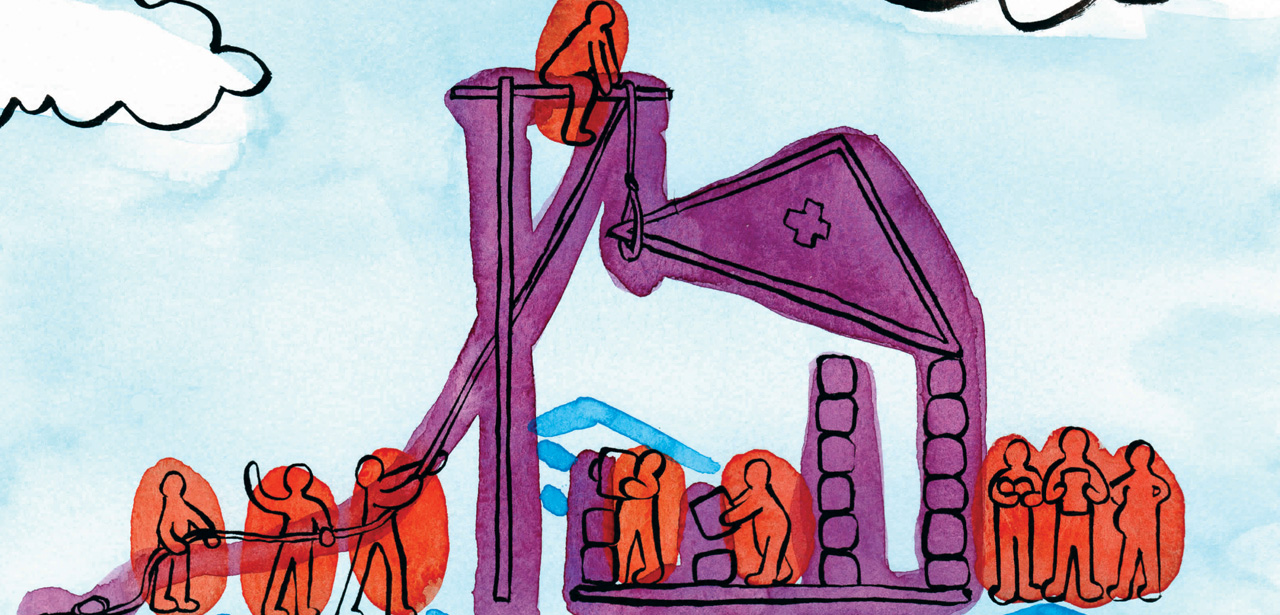BACKGROUND: The COVID-19 pandemic led many countries to drastically limit social activities. The objective of this study is to describe the factors associated with compliance with protective measures and social distancing in the general adult population in France, between March and December 2020 (first and second waves of the epidemic), before vaccination began at the end of December 2020. METHOD: The data come from the CoviPrev repeated cross-sectional descriptive survey, conducted between March 2020 and December 2022 in metropolitan France. The data collected from March to December 2020 (19 survey waves), from a panel representative of the general population, were used. Three periods were defined: the first epidemic wave (March-April), the inter-wave period (May-June) and the second epidemic wave (November-December). A compliance score was constructed to measure systematic compliance with the five main measures. The association between systematic compliance and different variables (sociodemographic, mental health, level of health literacy, perceived severity of COVID-19, confidence in government, perceived effectiveness of the measures) was described using bivariate and multivariate logistic regression models, using the statistical software R. RESULTS: Systematic compliance with the preventive measures changed over time. Regardless of the period, being a woman, being over 50, perceiving COVID-19 as severe, having a high level of health literacy or anxiety were positively associated with compliance. Having a child under 16 years of age and perceiving the measures as effective were positively associated with compliance with the protective measures during the epidemic waves; conversely, having a high level of depression, living alone, not working were negatively associated in the first epidemic wave. Finally, during the inter-wave period, living in an area heavily affected during the first wave and having a high level of education were positively and negatively associated with systematic compliance with the preventive measures, respectively. CONCLUSION: The factors associated with compliance with the protective measures and social distancing evolved during the epidemic. Monitoring this evolution, in order to adapt communication and awareness strategies, is essential in the context of pandemic response.
Auteur : Metzger Clémentine, Yaï Jenifer, Nassany Oriane, Randriamampianina Sandrine, Vernay Michel
Journal of epidemiology and population health, 2024, vol. 72, n°. 2, p. 202194


